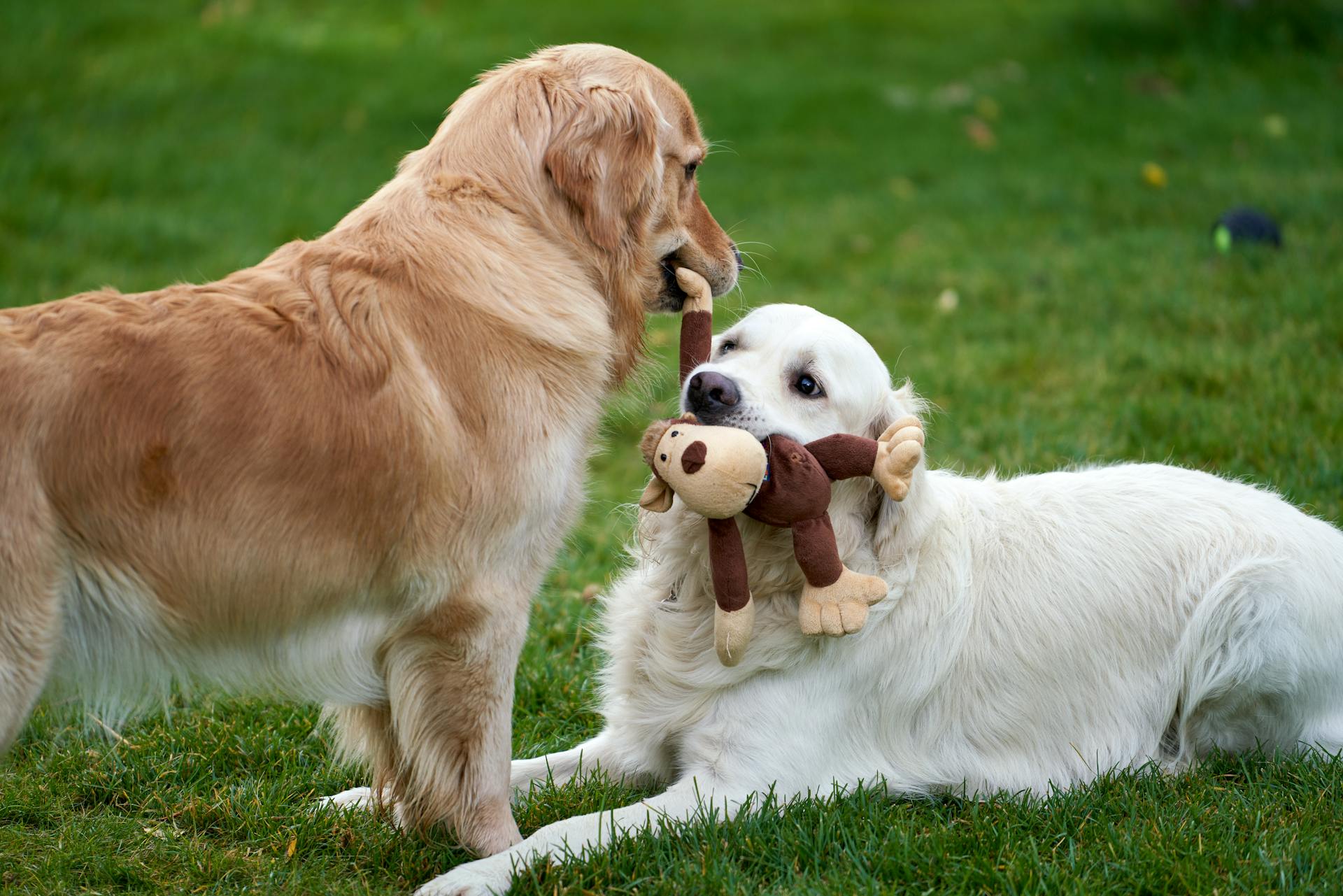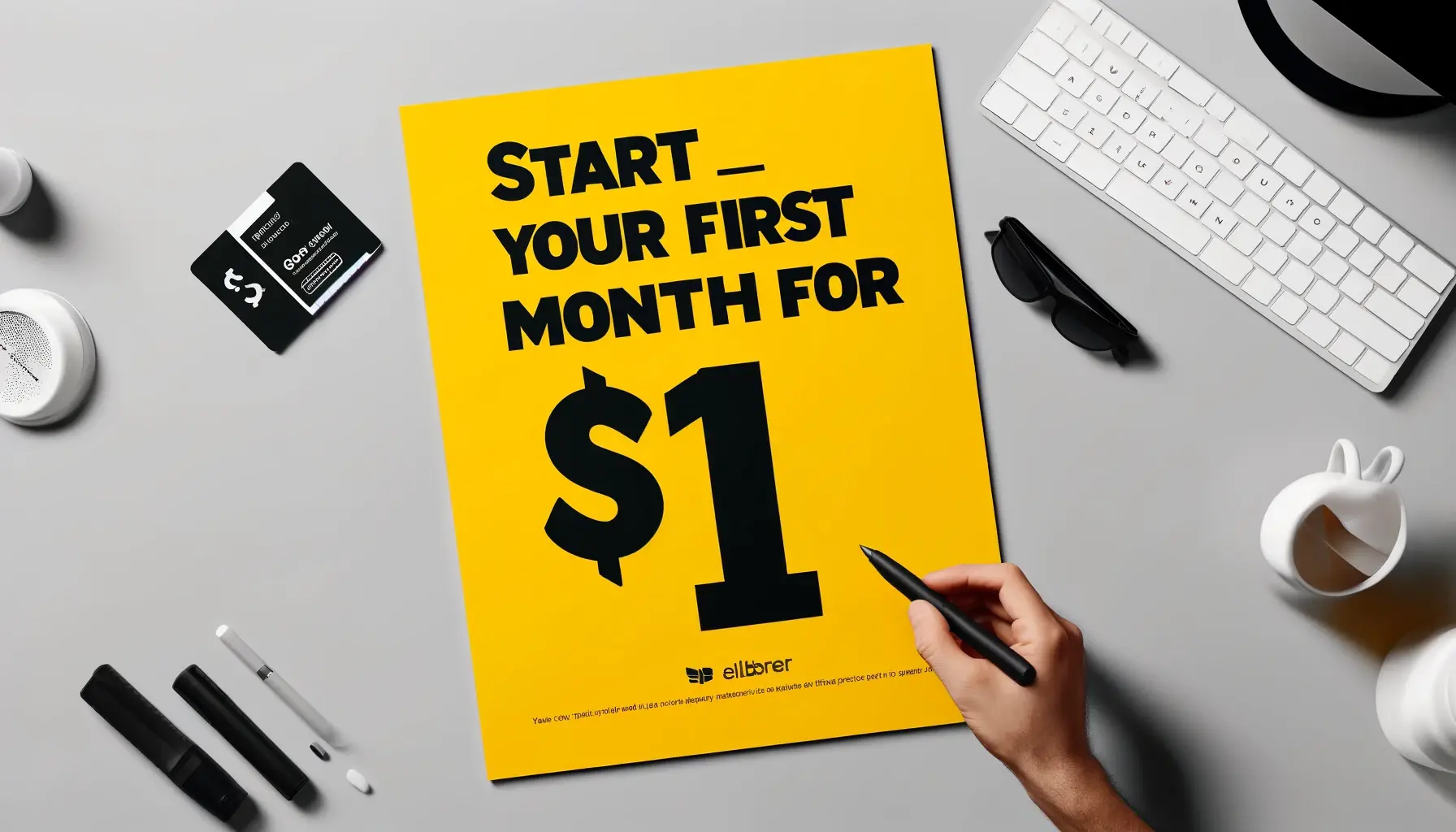
Boost your pet product designs with dog owner collabs! Learn 12 tips to enhance creativity, ensure safety, and build authentic partnerships for success.
Brand collabs have always been a thing, but they really came into their own beginning in the late 2000s with the advent of social media. Thanks to these platforms, every person essentially became their own brand, giving rise to influencer culture and leading to an explosion in brand collabs that has not yet subsided.
While collaborations between larger brands and niche influencers have most of the attention, they are also becoming prevalent among small- and medium-sized enterprises and regular people. In the pet industry, collaborating with dog owners on product design is an emerging trend that is already yielding promising results for businesses and pet lovers alike.
This has all been made possible by remarkable product and creative design supply chains that enable everything from bespoke dog clothes to custom plush toys to be turned around faster than ever. You can now have a back-of-the-napkin design turned into a professional-level product in weeks, in virtually any quantity you need. As a pet business owner, this gives you new ways to reach out to your customers.
Still, we have to recognize that dog owners are more than just regular consumers. Unlike more general consumer categories, pet owners are emotionally primed to convert whenever they see something that is in their pet’s interest. However, they are also experts on what works for their pets and what doesn’t. Involving them in product design can be transformative for your business—ensuring the kind of authenticity, quality, and grassroots innovation that can inform your future offerings.
With these benefits in mind, let’s explore a few practical tips for collaborating successfully with influential dog owners:
1. Identify the Right Partners
Not everyone is going to be a good pick for a collab. Look for dog owners who have a genuine passion for pets and with values that align with those of your brand. For the best impact, consider influencers, dog trainers, or everyday pet parents with engaged social media followings.
2. Define Clear Objectives
Before you sign anyone on, be upfront about your collab goals. Whether you’re seeking innovative design ideas or increased brand exposure, clarity avoids ugly misunderstandings and ensures both parties are on the same page.
3. Solve Real Issues Affecting Other Pet Owners
Encourage your collaborator and other dog owners to share their experiences with existing products. These insights can highlight pain points and give you solid opportunities for meaningful improvements.
4. Establish Open Communication Channels
For any collab to work, transparent and frequent communication is important. Regular updates and feedback will keep the project on track and guarantee that your partner feels heard.
5. Give Your Collaborator Space to Be Creative
There are no bad ideas, at least, in the planning and design phase. With this mindset, you can draw real innovation from your partner, perhaps helping bring something truly special to the pet market.
6. Always Keep Functionality and Safety in Mind
Though you do want a product that’s attractive, safety and practicality should be first and foremost on everyone’s mind. Dogs can get hurt by shoddy pet products, and you must exercise due diligence to make sure that there are no compromises on safety.
7. Prototype Early and Test As Much As You Can
Unless your collaborator has a kennel, they probably only have a few dogs to test on. However, you’ll need to test your product on several other dogs if you want to be confident about your output.
Share early prototypes with a few other dog owners for testing and feedback. Getting input from a wider pool of test subjects may lead to a superior final product.
8. Don’t Neglect to Test the Product’s Durability
If you’re doing a collab, you’re probably not making bargain-basement toys and accessories. Durability is a major selling point for more upmarket pet products, so you’ll want to make sure that your products are ready for roughhousing before launch. Ask your collaborator and other dog owners to test the product in real-life scenarios so that you have a realistic idea of the product’s longevity.
9. Document and Share the Design Process
Offering behind-the-scenes content on your social media pages can create a valuable air of authenticity to your venture, cultivating positive feelings around your upcoming product launch. Don’t forget to ask permission from your collaborators before sharing your content.
10. Be Sure to Acknowledge Contributors
Give credit to dog owners and all the furry friends who contributed to the design and development process. This creates goodwill and might get more pet owners interested in your business.
11. Consider Limited-Edition Releases
Limited releases can create a sense of exclusivity and urgency among customers. This makes sense if your collaborator (or their pet) has a sizable following or if the outcomes are truly exceptional. These releases can also mitigate any risks from holding on to excessive stocks.
12. Measure and Iterate
After your product launch, gather as much data as you can on sales performance and customer feedback. There will always be room for improvement, and you may get insights on how to do things better the next time around. Don’t forget to share these results with your collaborator and see if they also have new learnings from the venture.
Transform Your Pet Business Through Smarter Collaborations
Instead of just guessing what products will work for your business, collaborating with real dog owners may be the better way to succeed in today’s hypercompetitive pet market. After all, what better way to resonate with pet parents than to get input directly from them? Following these tips, you can create truly productive partnerships and innovative products that will definitely catch the interest of a number of dog owners.
Was this news helpful?







 Yes, great stuff!
Yes, great stuff! I’m not sure
I’m not sure No, doesn’t relate
No, doesn’t relate



